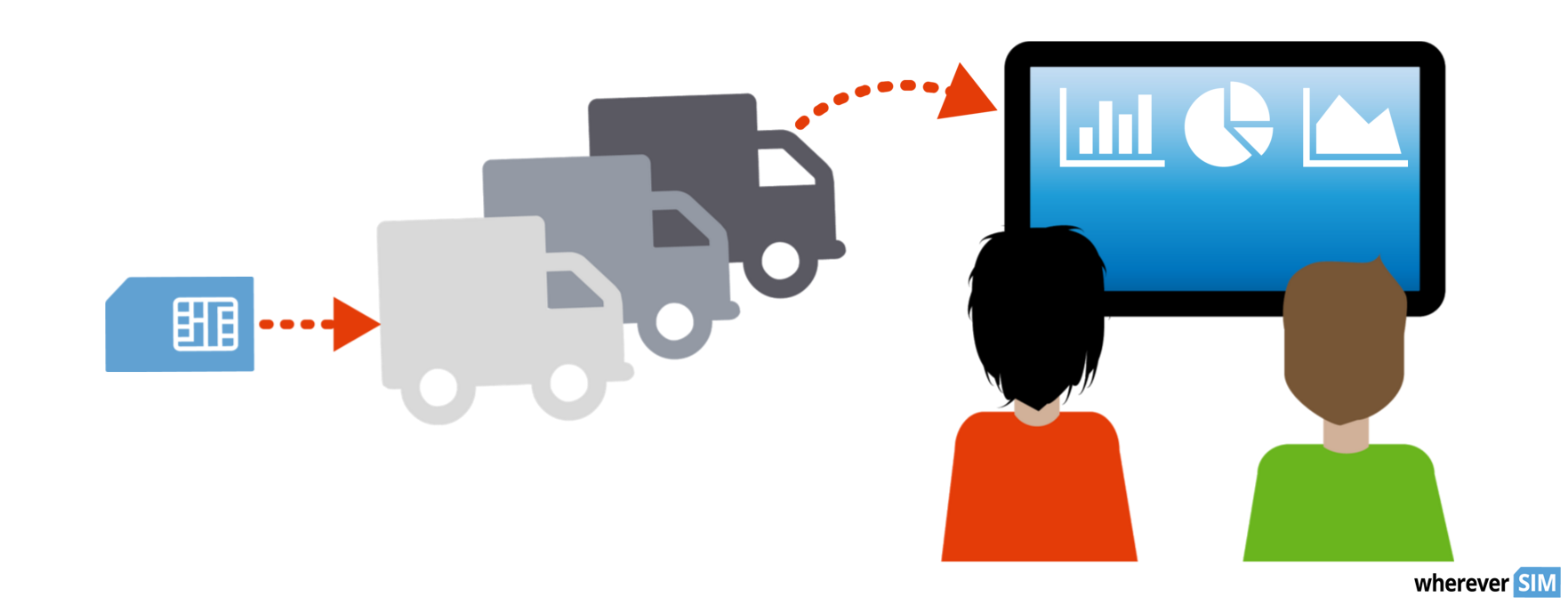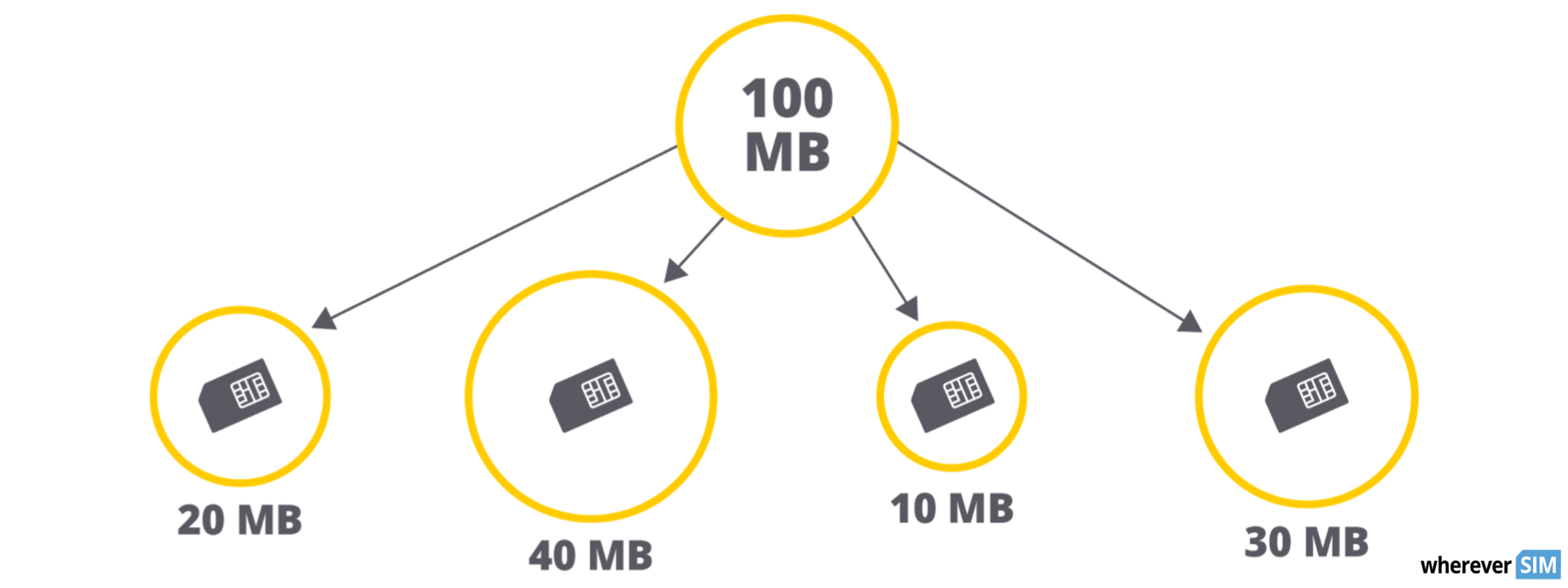Talking to people who work on IoT projects that require GSM connectivity, we noticed that many of them are not sure how to find a fitting mobile connectivity provider. If you are one of them, these five questions will help you to determine your requirements.
1. Do you want your device to be mobile?
If the answer is “yes,” ask yourself if your device needs to move across countries or in border regions. You’ll want to make sure that your device has good coverage at all times. You won’t want to make contracts with mobile network providers in every country and won’t want to change your SIM card every time you cross a border. Hence, you should look for a mobile connectivity provider with cross-national or even worldwide coverage.
If the answer is “no,” you might still distribute your devices all over the country. It is almost impossible to make sure that the same provider covers all locations. Choose a multi-network provider that can connect to all networks instead. If they are independent of the mobile network providers, you can always use the strongest network. 
2. Do you have automated business processes?
If triggering automated processes through the SIM card is part of your project, one of your main requirements might be that SIM cards can be integrated into your company software (e.g.m SAP). There are providers who offer an API that you can use for this purpose. Your mobile connectivity provider can easily establish an automated processes like activating and deactivating SIM cards. Even if you are not planning to automate your processes, and API access or a customer portal can be useful for real-time management and monitoring of your SIM cards.

3. How much security does your project require from a connectivity provider?
Security always seems to be an essential feature. But not every application transmits highly sensitive data. Your project might not require the highest security standards. If security is the core of your project, however, you should look for a mobile connectivity provider who encrypts your traffic before transmitting the data over the public internet. Some providers also offer the possibility to completely lock down the access to the public internet; they allow only predefined IP addresses to access the device network through a VPN.
Do not neglect a different form of security. Furthermore, avoiding fraud could be an issue worth thinking about. If the SIM cards can be easily removed from your devices, you might want to make sure that they have an IMEI lock. Consequently, you can attach a particular SIM card to one specific device. No one can take your card and make you pay for his data consumption, even your mobile connectivity provider.
4. Do you need direct access to your device?
Having access to your SIM cards can make updating and maintaining your device much easier. Especially SIM cards with static IP addresses enable you to access each device at any time. Hence, bidirectional communication to your SIM cards can be an important requirement for your project.
5. How is the operating environment of your device?
Spend a minute considering once more where you use your IoT devices. Are you planning to track polar bears in the Arctic? Or are your devices intended to be used in a very hot metal processing environment? Then you should make sure that your SIM cards are suitable for different harsh environments. The resistance of SIM cards to high-temperature ranges (from -40 to +105° Celsius), shocks, vibrations, and humidity can be an essential factor determining the success of your project. Choose a SIM card mobile connectivity provider that offers the form factor and material you need.
Conclusions
Having considered all five questions, you should be well prepared to create a list of requirements for your mobile connectivity provider. However, there are a few more aspects about mobile connectivity you might want to keep in mind:
-
Check if there is a data pooling option. It will allow you to share your total monthly data between IoT devices and to combine data consumption from all your SIM cards into one bill.
-
In addition, inform yourself about the costs that incur after you reached the data limit.
-
Take a close look at how precise the data billing is. Do you pay for 100 KB every time you’re connected, even if you just use 5 KB? Or does your mobile connectivity provider charge for every 1 KB you actually used?
-
It is important for you to be flexible. Choose a provider that also offers a short cancellation period.
Good luck with your IoT project and ask yourself before choosing a mobile connectivity provider!
All IoT Agenda network contributors are responsible for the content and accuracy of their posts. Opinions are of the writers and do not necessarily convey the thoughts of IoT Agenda.
———
Always the latest news — Follow me on Twitter: @kary_key
The original article appeared on http://internetofthingsagenda.techtarget.com/blog/IoT-Agenda/Choosing-the-right-mobile-connectivity-provider-for-your-IoT-project




